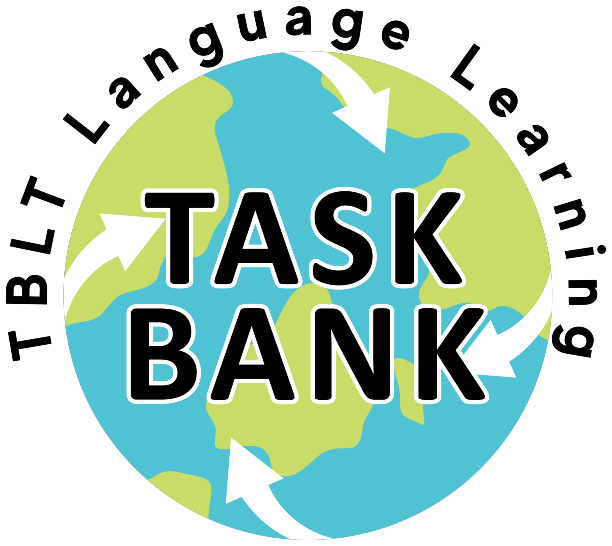Task Details
Files
Title
Tasks 2.2 Mis seres queridxs
In this task the learner does...
Students create and share a family tree of their loved ones by describing their loved ones.
Task Flow
Willis task cycle
Language Characteristics
Non-linguistic outcome
Focus on meaning
Reliance on learners' own resources
Task Goals
To describe an object, person or place
Language Skills Practiced
Writing
Speaking/Pronunciation
Listening
General Domain
Educational
General Topic
Describing family and loved ones
Target Languages
Spanish
Abilities Fostered
Linguistic competence (ability to communicate with grammatical accuracy)
Discourse competence (ability to communicate in cohesive and coherent ways)
Cognitive Skills
Explaining
Gathering info
Mode of Communication
Face-to-face (in person)
Hybrid of face-to-face and in person
Type of Participation
Individual performance
Pair work
Whole class
Focused or Unfocused
Focused task (specific language focus)
Focus Type
Grammar
Vocabulary
Language Features
Este/Esta es; mi X (insert name of family member), tiene X años + vocab about family members in Spanish
Input/Output
Output prompting
Output Type
No specific aspect targeted
Type of Input
Aural (listening) input
Pictorial input
Written input
Type of Output
Oral output
Pictorial output
Written output
Type of Task
Creative
Description
Task Features/Conditions
Here-and-now
Planning time
No prior knowledge required/assumed
Two/multiple-way information flow (dialogic)
Learning new information
Task part of a multi-task sequence
Outcome
Open solution
Appropriate Learners
5-7 years (early literate)
8-12 years
Proficiency Framework
Yes - American Council on the Teaching of Foreign Languages (ACTFL)
Proficiency Levels
ACTFL: Novice high
ACTFL: Novice mid
ACTFL: Novice low
Learner Individual Differences
Pre-literate learners
Literate learners
Lower anxiety
Lower willingness to communicate
High willingness to communicate
Introverted learners
Extroverted learners
Heritage language speakers
Foreign language learners
Second/additional language learners
Non-traditional students
Traditional school students
Context
School setting - Elementary school
Face-to-face setting
Hybrid face-to-face and online setting
Immersion context
Second/additional language context
Foreign language context
Context Details
Academic purposes
Task-based program
Task-supported program
Language for refugees and/or displaced children in camps or receptive classes
Used in Research?
Yes
Citation
This task has been part of a broader research project but has not be published as part of a project.
Available on IRIS?
No
Part of a series?
Yes (please provide details) This task is part of a larger task domain as well as part of a task-based curriculum that was developed for a rural school in Indiana.
Uploader Name
Mackenzie Coulter-Kern
Uploader Email
submitted on behalf of Laura Gurzynski-Weiss - email: [email protected]
Uploader Affiliation
Indiana University
Uploader Identity
Teacher - University Level Spanish Instructor
Researcher - PhD Candidate - SLA
Uploader Relationship
I created this task collaboratively - I am part of a research team that collaborated on this task. The other researchers are: Laura Gurzynski-Weiss, Indiana University ([email protected]) and Madison Wray, Indiana University, Mackenzie Coulter-Kern, Indiana University
Creative Commons
Agreed


 PowerPoint of the task for a teacher to use
PowerPoint of the task for a teacher to use
 Student sheet - a sheet for students to use and write on during the task
Student sheet - a sheet for students to use and write on during the task